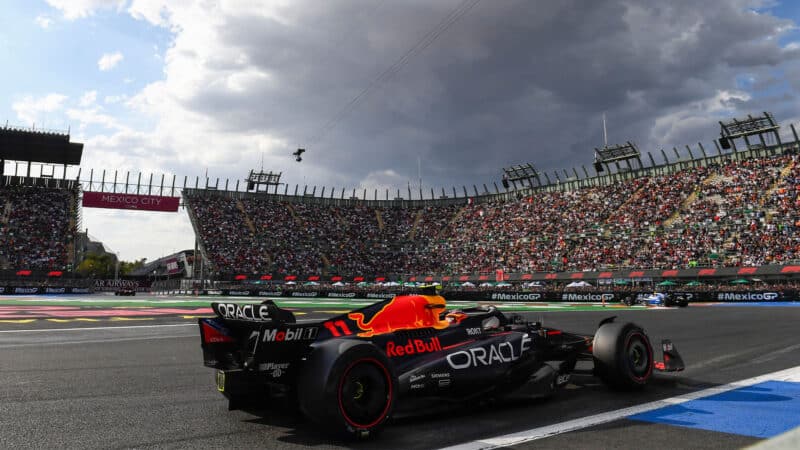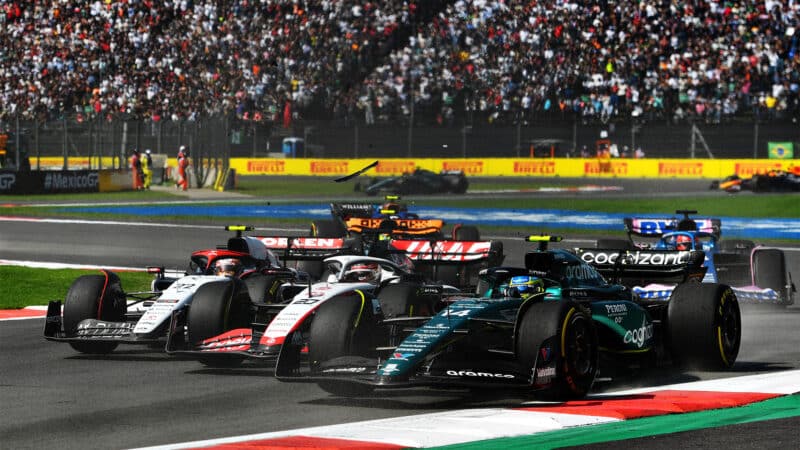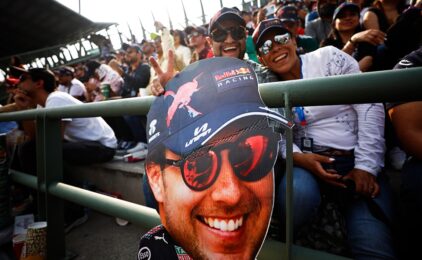In Mexico, it’s all about downforce. The thin air means that cars’ speed on the straights is less affected by drag, while every extra bit of downforce you add will increase cornering speeds, making the latter the more important element.
Teams lay on Monaco levels of wing — optimised for slower-speed corners — but even this only generates the same level of downforce at Monza, where the skinniest wings are used. That results in high top speeds and the need to slow more in corners.
Cars that have been struggling with aerodynamic efficiency can suddenly become competitive, so a reshuffle in the competitive order is not unknown.
Cooling
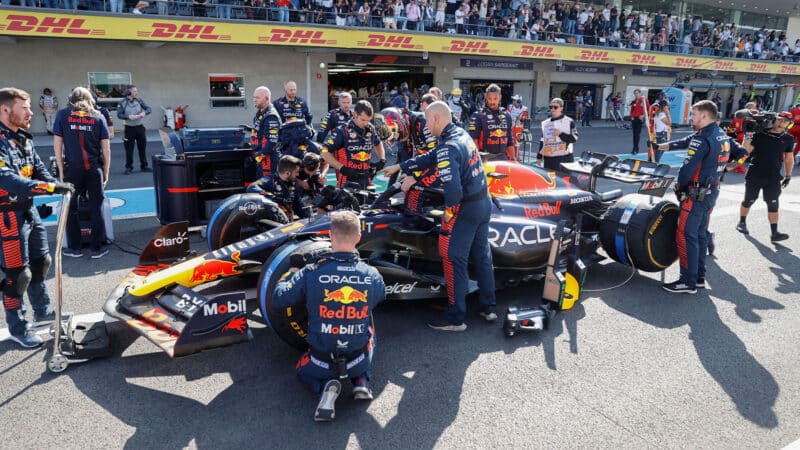
Huge fans cool cars on the grid, but once the lights go out, teams are faced with a barrage of new challenges
F1 teams describe cooling their cars in Mexico as their toughest challenge. The high demands on the brakes combined with the thinner air require large ducts to keep them cool and avoid glazing, where the surface of brake pads is burnt off, becomes shiny and loses its bite.
Larger air intakes are also needed to cool the engine, but it remains a balancing act, because larger ducts increase drag. Even though the penalty of that extra drag is reduced in Mexico, it does still hamper performance, so teams don’t want to increase it unnecessarily.
Getting the calculation wrong can result in drivers having to manage their brake temperatures by lapping slower, or by losing straightline speed from unnecessarily large intakes.
Tyres
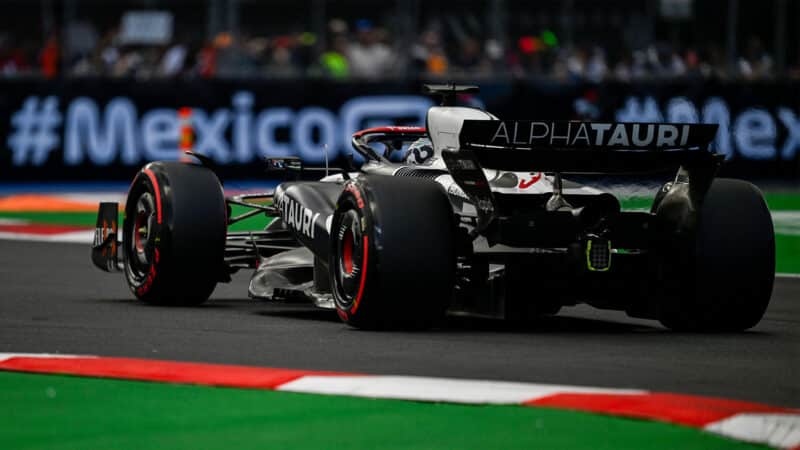
Racing for 71 laps, driver must go easy on their tyres to avoid making extra stops
Getty Images
Although Pirelli is bringing its softest compounds to Mexico, the circuit can be harsh on the tyres. That’s partly due to graining — the small tears and scratches on the surface of the rubber caused by tyres sliding across the track. This is exacerbated by the low downforce which reduces grip in corners.
Track temperature is also a bigger issue in Mexico, once again due to the thinner air which deflects less of the sunlight before it hits the track. That often results in the asphalt getting considerably hotter than the air temperature, raising the risk of tyres overheating.
Power unit
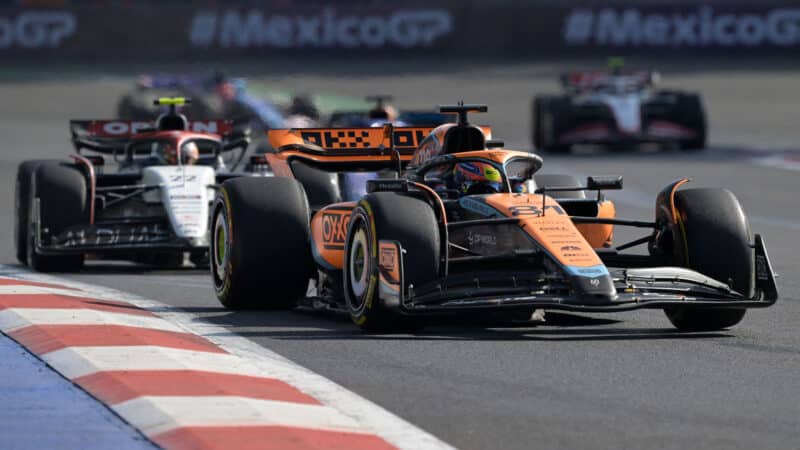
Following is tricky in Mexico, and a decent turbo is needed to make up the engine power deficit caused by altitude
Getty Images
At the heart of an F1 car is old-fashioned mechanics: exploding fuel and oxygen to release energy. With less oxygen in the air, that bang is going to be less powerful.
The turbochargers in modern F1 cars can mitigate some of that effect because they compress the air, cramming more oxygen into every square centimetre that’s rammed into the cylinders.
The turbos are turned up in Mexico to spin faster, increasing the compression rate and bringing the oxygen levels closer to those that the engines use at sea level. However, the turbos can only spin so fast before they overheat or they exceed the safety limit, beyond which a failure could see blades break the casing and fire out across the circuit.
The result is a drop in power across the grid, but some teams suffer more than others. Last year, Ferrari‘s turbocharger — smaller than its rivals — wasn’t able to provide the same levels of boost as the other front-runners and it struggled.
